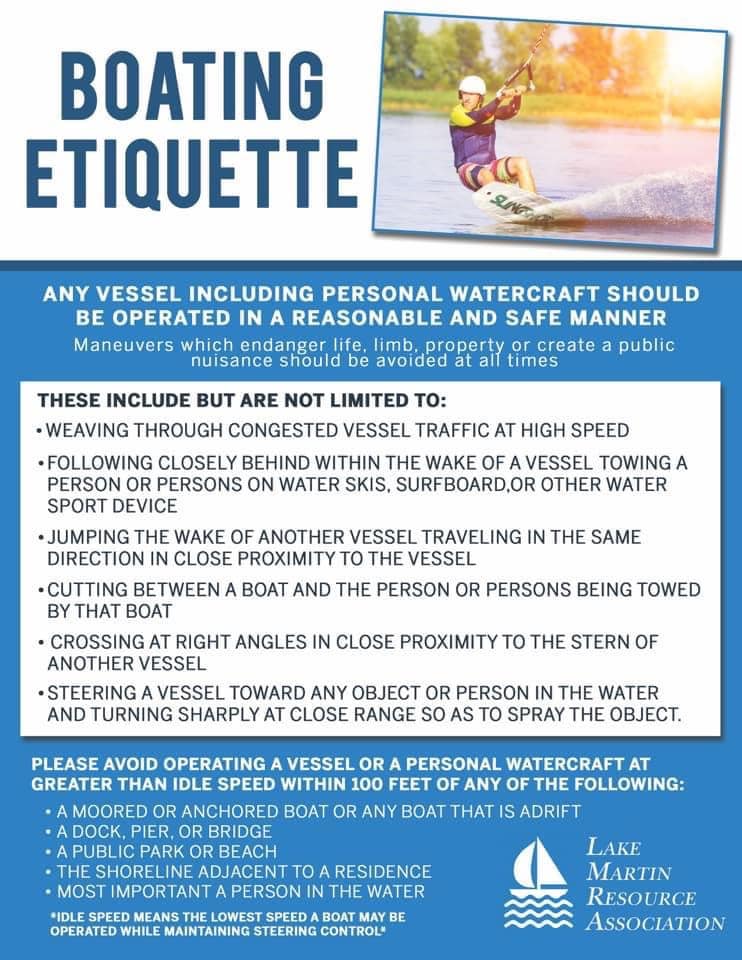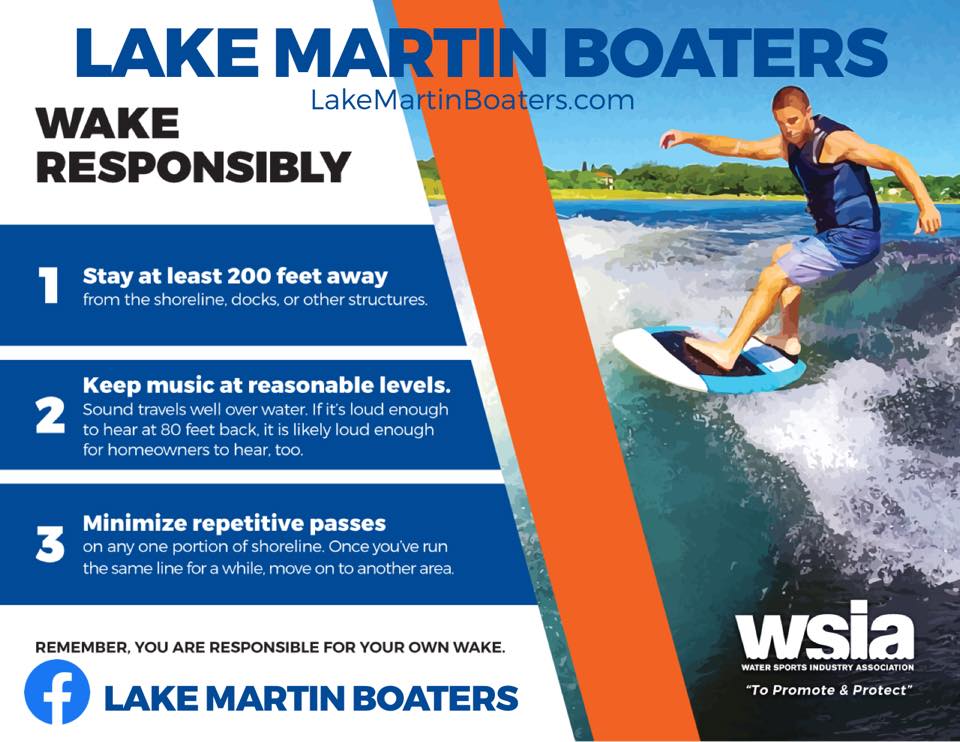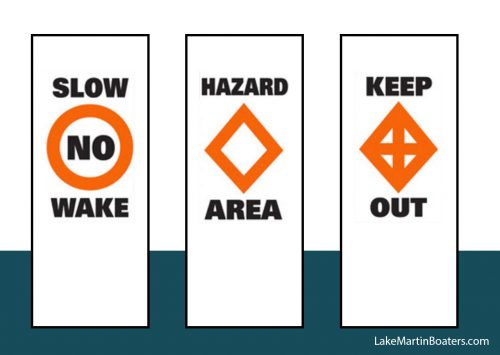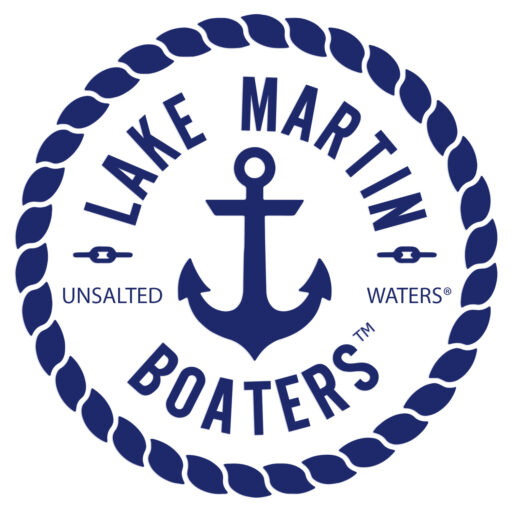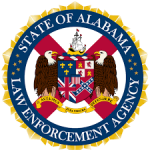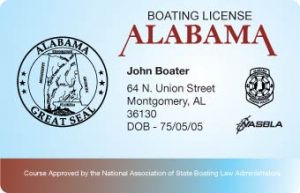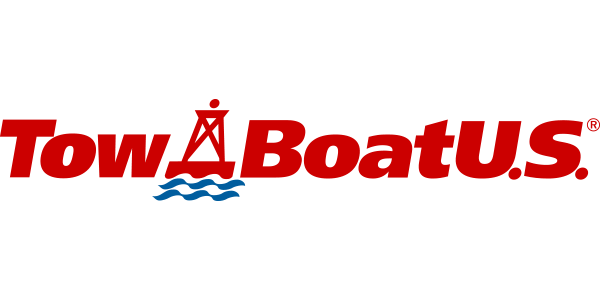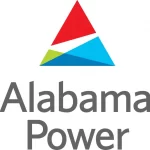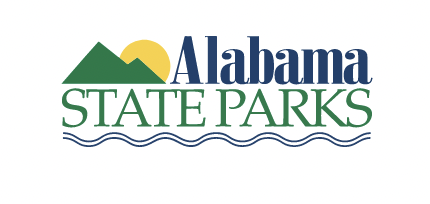Boating Safety
Lake Martin Boating Safety | Rules, Regulations & Tips
Stay safe on Lake Martin with essential boating safety tips, regulations, and best practices. Whether you’re a seasoned boater or a first-time visitor, knowing the rules and guidelines can help ensure a fun and accident-free experience. Learn about life jacket requirements, speed limits, no-wake zones, and emergency contacts to keep your time on the water safe and enjoyable.
“3 Lakes Law” – the Alabama statute for boating safety that was enacted to put restrictions on the maximum length and speed of certain vessels.
The “3 Lakes Law” is a boating safety law that prohibits the following vessels, unless such vessels are grandfathered in by the law, from being used on the three lakes mentioned:
1. Any vessel exceeding 26 feet, 11 inches in length capable of exceeding 60 miles per hour.
2. Any vessel exceeding 30 feet, 6 inches in length.
3. All houseboats or any recreational vessel that constitute a fully equipped dwelling similar in content to a mobile home, with a marine sanitation device, galley and sleeping quarters.
Houseboats and boats in excess of 30 feet, 6 inches in length that are not capable of exceeding 60 miles per hour, and were registered and in use on or before July 1, 2006 will be grandfathered and allowed to continue using those lakes once a permit is issued.
*”3 Lakes Law” – applies to Lake Martin, Lake Harris (Wedowee) and Weiss Lake.
https://admincode.legislature.state.al.us/administrative-code/220-6-.55
Lake Martin’s New Proximity Law | Update 2025
A new proximity law that passed legislation and takes effect this October 1st, 2024. It applies to every motorized vessel. The new law prohibits ANY motorboat from operating above idle speed within 100 feet of any shoreline, dock, pier, boathouse or other structure. It also prohibits wakeboarding and wakesurfing within 200 feet of any any shoreline, dock, pier, boathouse or other structure and in areas less than 400′ wide. Additional provisions of the bill restrict water sport activities between sunset and sunrise and require a United States Coast Guard Approved Flotation Device. You can read more about the proximity law HERE. Please note the law now requires boaters to idle under all bridges.
You can read the full text of the new law online https://legiscan.com/AL/text/HB209/2024
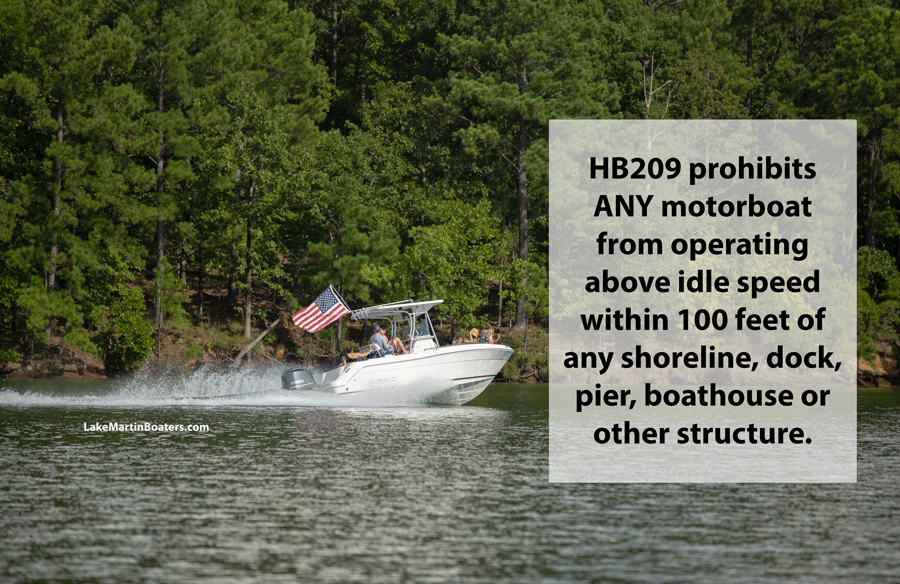
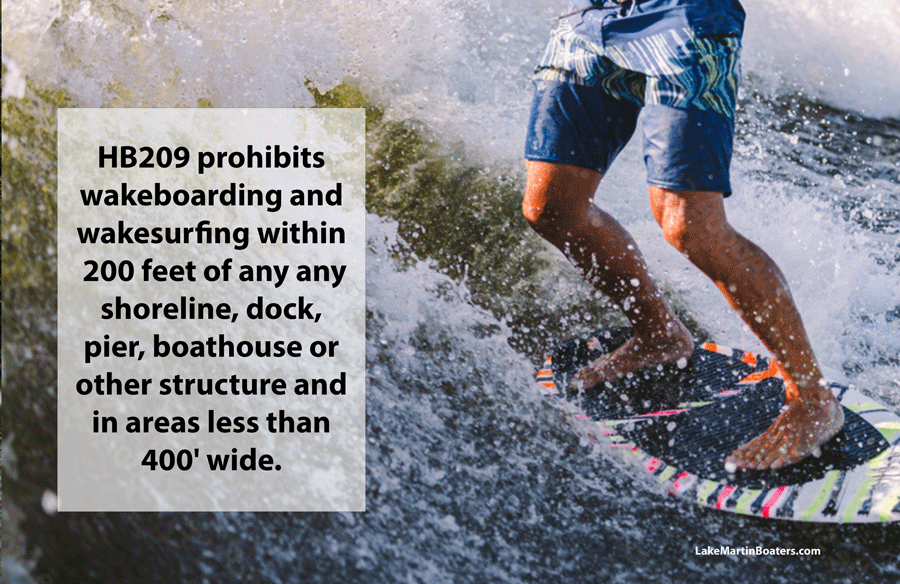
Docking Lights
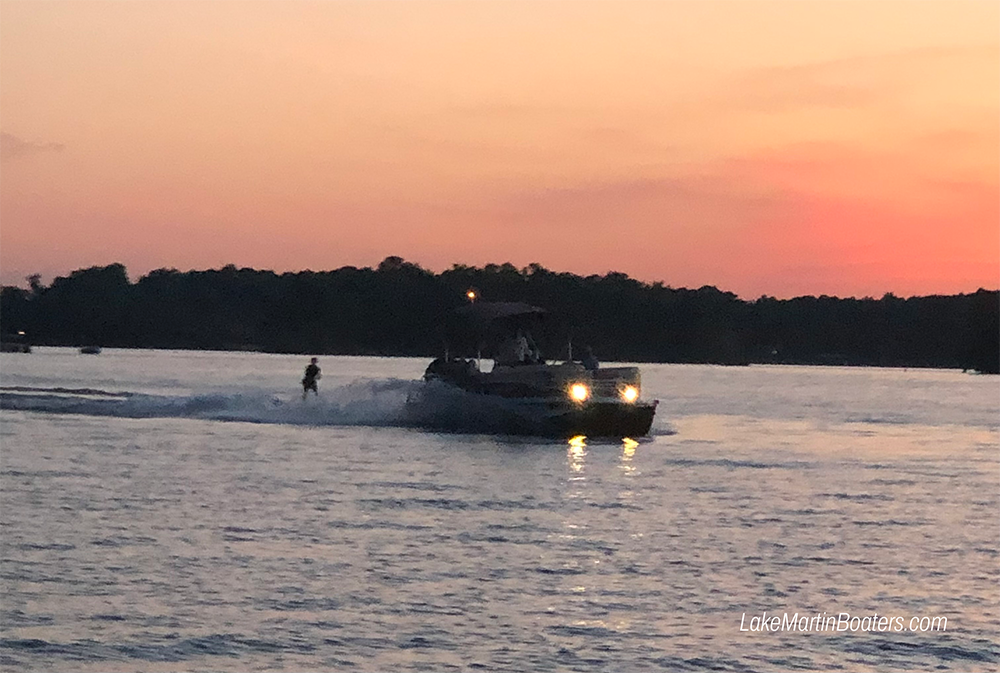
Boaters should be aware that docking lights are not head lights and should only be used when you are approaching a dock. On the open water, these lights harm the night vision of other boaters and interferes with their night vision.

“While docking lights are not specifically addressed in Alabama state law, the continuous display of docking lights on a vessel after sunset will interfere with the proper and required display of a vessel’s navigation lights. Red and green lights on a vessel are intended to indicate a vessel’s direction of travel and help determine right of way. Bright white “headlights” can confuse and blind oncoming traffic, which then makes it more difficult to determine another vessel’s direction of travel at night. Marine Patrol Troopers around the state will stop vessels for operating after sunset with their docking lights displayed in a continuous manner.” – Source: Alabama Law Enforcement Agency Marine Patrol Division
Helpful Links to Boating Lake Martin
| Equipment | PWC | Boat Less Than 16 Ft. | Boat 16 Ft. To Less Than 26 Ft. |
|---|---|---|---|
| Alabama Boat Operator License Onboard | Required | Required | Required |
| Certificate of Number Onboard | Required | Required | Required |
| Validation Decals Displayed | Required | Required | Required |
| PFDs: Type I, II, III, or V | Required | Required | Required |
| PFDs: Type IV | Required | ||
| Ignition Safety Switch | Required | Required | Required |
| Type B-1 Fire Extinguisher | Required | Required | Required |
| Flame Arrestor | Required | Required | Required |
| Ventilation System | Required | Required | Required |
| Muffler | Required | Required | Required |
| Horn, Whistle, or Bell | Required | Required | Required |
| Daytime Visual Distress System | Required | ||
| Nighttime Visual Distress System | Required | Required | Required |
| Navigation Lights | Required | Required | Required |
- Those riding on PWC must wear a Personal Flotation Device. (Approved Personal Flotation Devices)
- Those under 8 years of age must wear a Personal Flotation Device, except when within an enclosed cabin.
- PWC must either be equipped with an ignition safety switch or have a self-circling feature. If equipped with an ignition safety switch, the lanyard must be attached to the person, clothing or PFD of the operator. (PWC Requirements)
- Boats less than 24 feet in length, with an open cockpit and powered by more than 50 horsepower, must be equipped with an ignition safety switch with the lanyard attached to the person, clothing or PFD of the operator. (Ignition Safety Switch Requirements)
- Required on inboard and stern drives only.
- When boating on federally controlled waters. (Sound Producing Device Requirements)
- When boating on federally controlled waters. (Visual Distress Signals Requirements)
- It is strongly recommended that a PWC is not operated after dark. However, if one is operated at night, it has the same requirements for visual distress signals and navigation lights as boats less than 16 feet in length.
